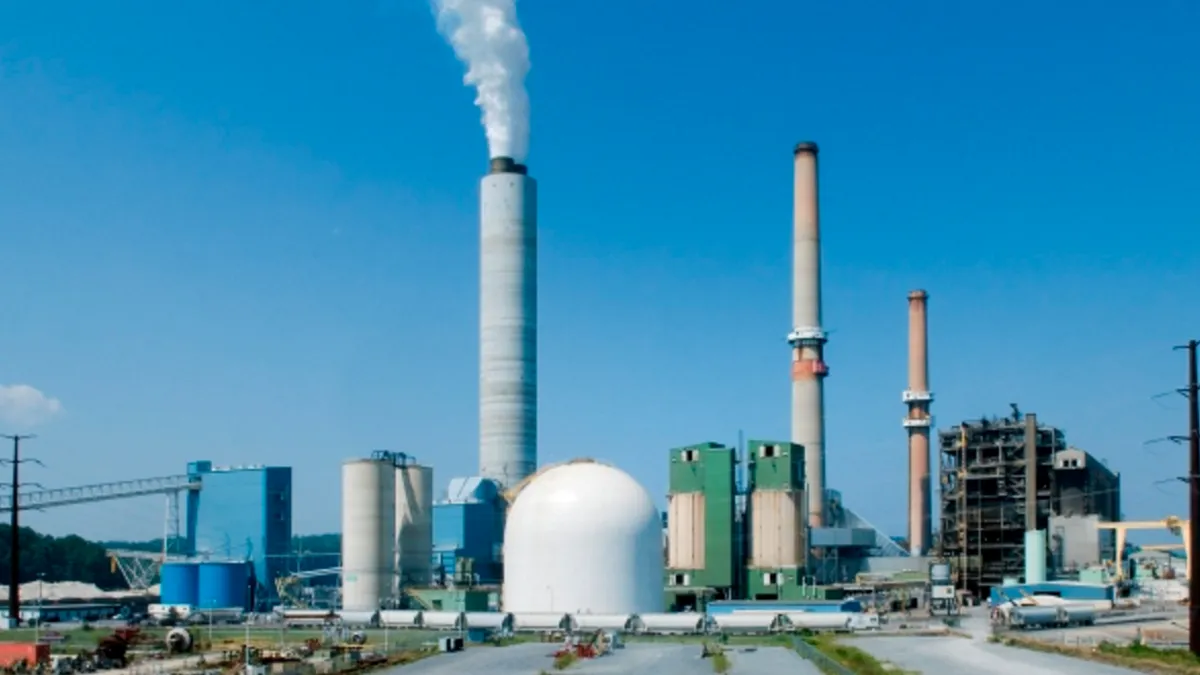Dive Brief:
-
The growing age of U.S. coal plants will continue to add to the pressures on owners to retire those plants, according to Bloomberg New Energy Finance (BNEF).
-
A total of 14 GW of coal-fired plants, many of them older plants, retired in 2015, BNEF analyst Collen Regan said at a recent conference, according to SNL.
-
As the nation’s fleet of coal-fired plants continues to age – by 2020, 65 GW of power plants will be 50 years or older – it will add to the pace of retirements, according to the research firm.
Dive Insight:
Of the 18 GW of power plants that retired in 2015, more than 80% were coal-fired, according to the Energy Information Administration.
Coal-fired generation is under multiple pressures. Falling natural gas prices have frequently made it more expensive to burn coal to generate power; coal-fired generation does not fare well under tighter emission standards, and the fleet of coal plants is aging.
About 30% of the 2015 coal retirements occurred in April, when the Environmental Protection Agency’s Mercury and Air Toxics Standards rule went into effect. And most of the coal plants retired in 2015 were built between 1950 and 1970 and had an average age of 54 years. The average age of the surviving coal fleet is 38 years.
The aging of the nation’s coal fleet makes it more difficult for owners to justify the costs of remediation or upgrades. Another 5.3 GW of coal plants are scheduled to close in 2016.
The vast majority of retiring coal generation has been replaced with natural gas and renewables. In 2015, wind added 41% of new capacity, gas 35%, and solar 14%, according to the EIA.
New capacity additions are expected to slow, however, as energy efficiency and demand response play a bigger role, and as tax credits for reneawble energy expire. EIA expects capacity additions to average less than 4 GW annually between 2018 and 2024.














